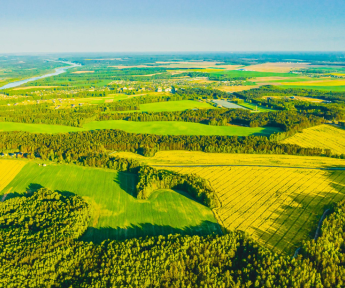Abstract
Monitoring of global climate regulation ecosystem services is needed to inform national accounts, meet emission targets, and evaluate nature-based climate solutions. As carbon monitoring is context-dependent, the most useful methodological approach will depend on the spatial extent and resolution, temporal frequency, baseline, available data, funding, and dominant drivers of change, all of which will impact results and interpretation. Here, focusing on above and belowground carbon storage and sequestration, we review four groups of methods for estimating trends in carbon over time: (1) field-based measurements, (2) land cover maps with reference carbon values by land cover type, (3) statistical and machine learning models linking field measurements to remotely sensed data, and (4) mass balance models representing key carbon pools and flows between them. We discuss strengths, limitations, and best practices for each method to assist researchers in implementing an approach or critically evaluating whether an existing carbon dataset can be used for a different project. The best methods often account for spatial variability of carbon, ecosystem interconnections, and temporal stability of carbon stocks against future environmental changes. Effective carbon monitoring can help determine optimal conservation, restoration, and/or land management interventions with win-win outcomes for both conservation and nature-based climate solutions.
Introduction
Carbon storage and sequestration contribute to climate regulation by storing carbon and removing carbon from the atmosphere, respectively (United Nations et al. 2021). The amount of carbon stored and sequestered in ecosystems worldwide is dynamic both in space and time (Harris et al. 2021). For example, Canadian forested ecosystems are changing from net carbon sinks to sources due to climate change and associated increases in forest disturbances (e.g., insect outbreaks, fires, drought stress; Fig. 1; Natural Resources Canada 2021). Despite these rapid changes, many ecosystem services are assessed at only one point in time. To support the need for information required by researchers and decision-makers to monitor changes in carbon, we review methods associated with different carbon monitoring approaches. Here, the term monitoring is used broadly to emphasize the importance of measuring and estimating carbon over time.


